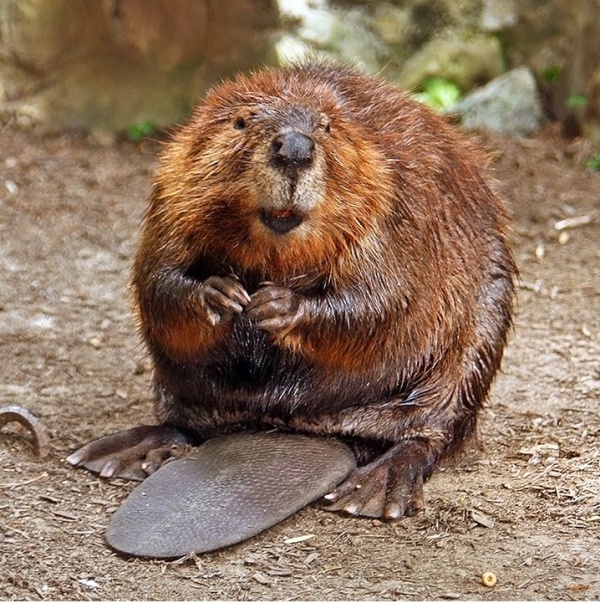Facts About North American beaver
The North American beaver, scientifically known as Castor canadensis, is one of the world's two extant beaver species. Native to North America, this beaver has also been introduced to regions in South America and Europe. In the U.S. and Canada, it’s often simply called "beaver" but terms like American beaver and Canadian beaver help distinguish it from its relative, the Eurasian beaver (Castor fiber). This industrious rodent is a national symbol of Canada and the official state mammal of Oregon and New York.
Description
The North American beaver is the largest rodent in North America and rivals the European beaver as the second-largest globally. Adapted to a semi-aquatic lifestyle, beavers possess a paddle-shaped tail, webbed hind feet, and dexterous front paws. Their dense fur, consisting of long outer hairs and short inner hairs, is kept waterproof by an oily secretion called castoreum. Beavers also have continuously growing incisors and a specialized digestive system to process their woody diet.
Behavior
Beavers are nocturnal creatures, excelling in swimming and construction. They build lodges from sticks, twigs, rocks, and mud and construct dams across streams to create deep water areas that serve as safe havens. These dams are not just impressive feats of engineering; they also enhance local biodiversity and improve water quality. Beavers also dig canals to transport logs and manage water levels in their habitat.
Ecology
As a keystone species, beavers significantly impact biodiversity and ecosystem health. Their activities benefit fish populations, enhance water quality, and support riparian vegetation. The ponds they create become habitats for various wildlife, including waterfowl and fish. Beavers are often utilized in stream restoration projects to control erosion and improve habitats for fish and other wildlife.
Relationship with Humans
Beavers have been introduced to non-native areas, sometimes resulting in mixed ecological effects. Historically, Native Americans and early French Canadian Catholics consumed beaver meat. Beavers also hold symbolic value in different cultures, serving as national symbols, state animals, and mascots for schools and organizations. The beaver fur trade was foundational to the early economy of places such as New Netherland.

 United States
United States